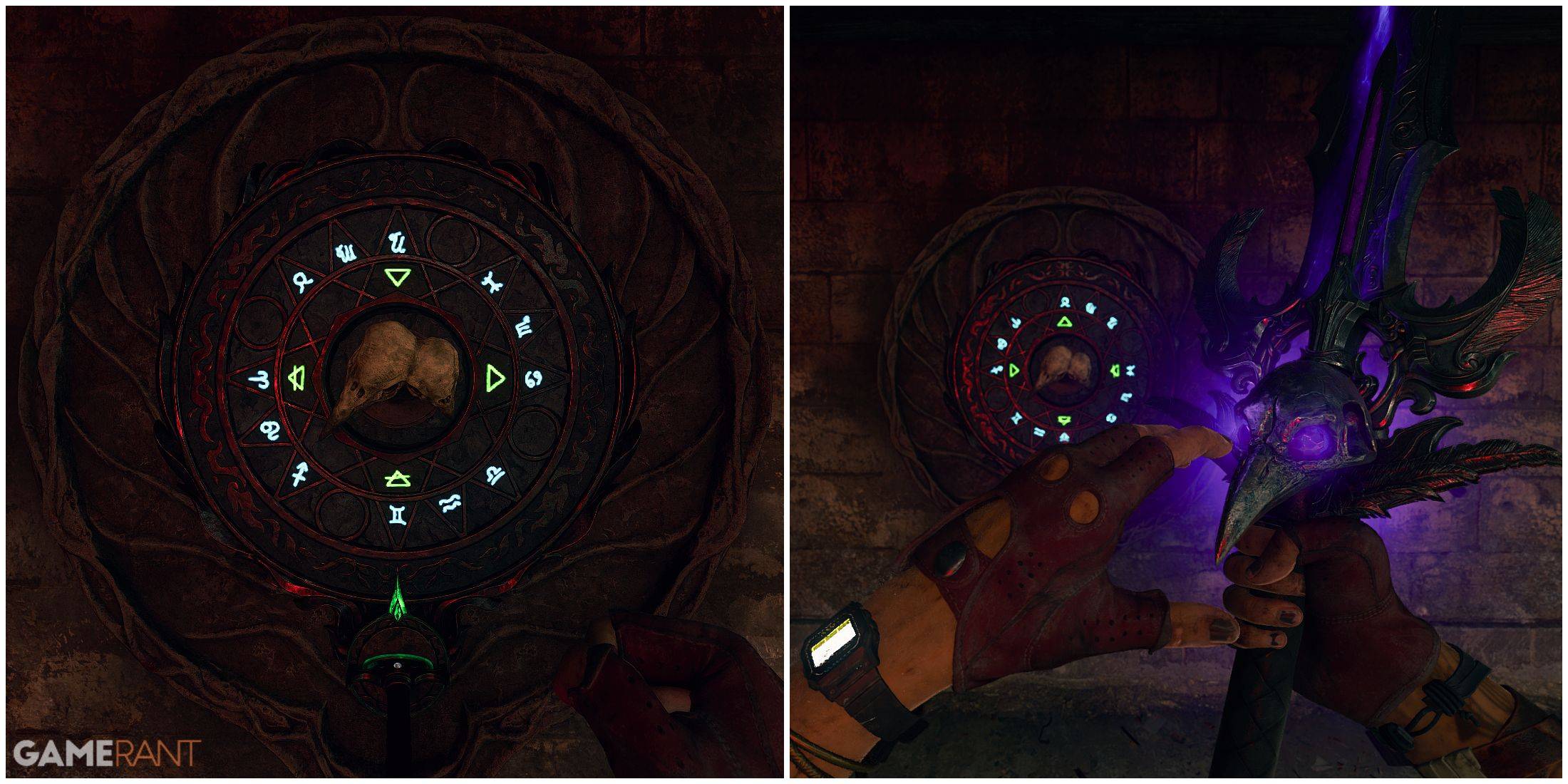Minecraft Clay: Crafting Guide, Uses, and Hidden Secrets
- By Alexis
- May 06,2025
Clay is a vital resource in Minecraft, essential for players looking to bring their building projects to life. Unlike more readily available materials like dirt, sand, or wood, clay can be elusive in the early stages of the game. In this guide, we'll delve into the myriad uses of clay, its crafting potential, and share some intriguing facts about this versatile material.
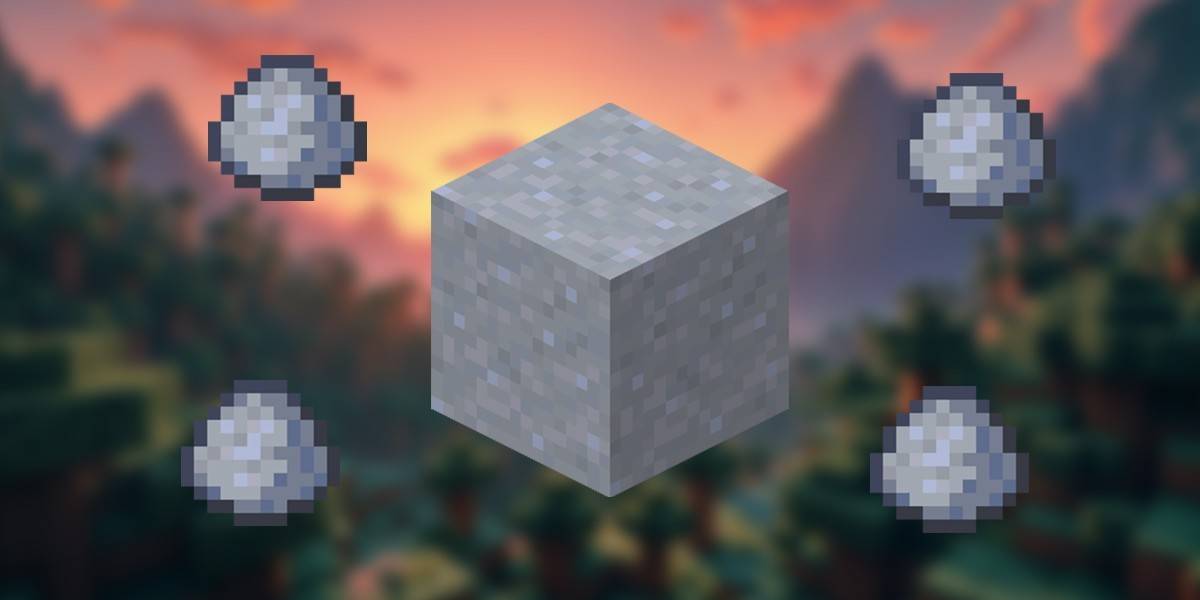 Image: ensigame.com
Image: ensigame.com
Table of Contents
- Ways to Use Clay in Minecraft
- Clay Spawn Locations in Minecraft
- Interesting Facts About Clay in Minecraft
Ways to Use Clay in Minecraft
Clay is indispensable for crafting terracotta blocks, which can be dyed into 16 vibrant colors, offering endless creative possibilities, including pixel art. To create terracotta, players must smelt clay blocks in a furnace, a process that's often simpler than locating the blocks in the wild.
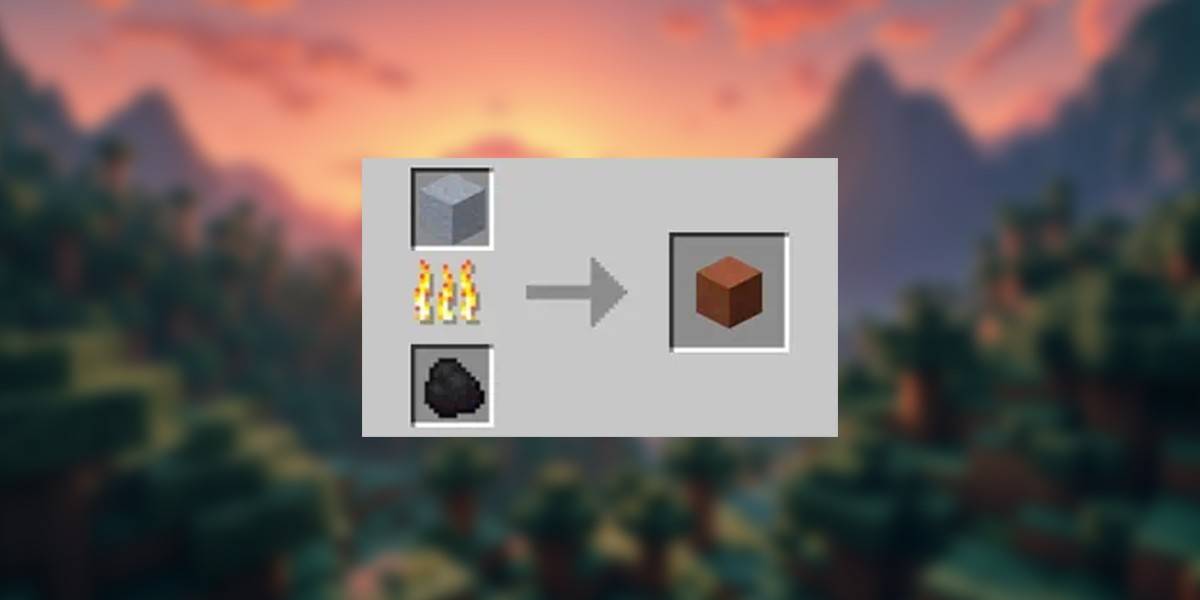 Image: ensigame.com
Image: ensigame.com
Terracotta's diverse patterns make it a go-to decorative material for various builds. The image below illustrates the range of color variations available for this aesthetic block.
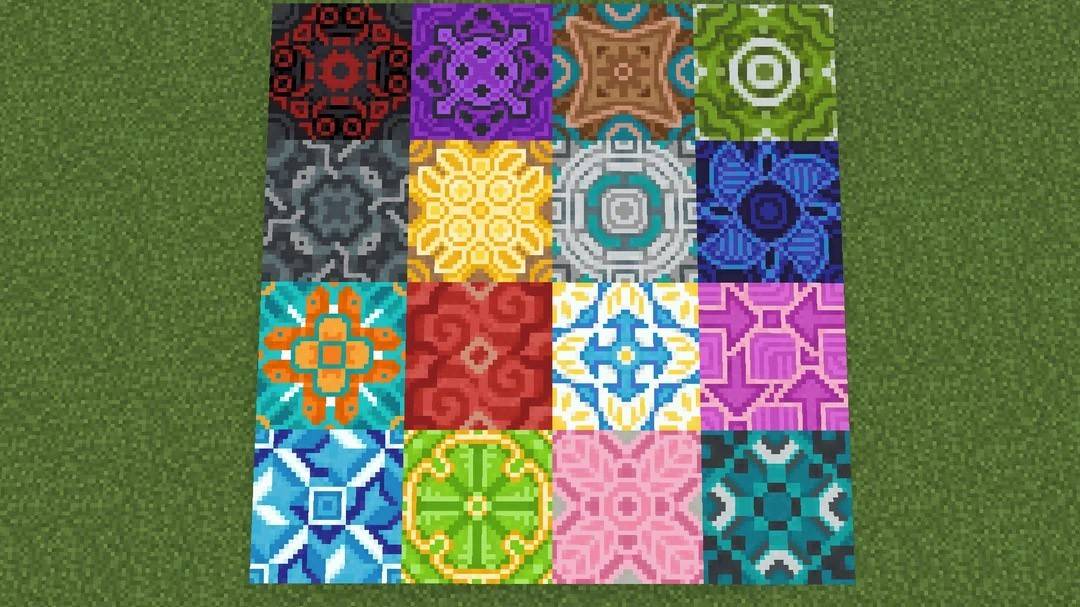 Image: reddit.com
Image: reddit.com
In construction, clay is crucial for making bricks. To craft bricks, players must first break down a clay block into clay balls using a crafting table, as shown below.
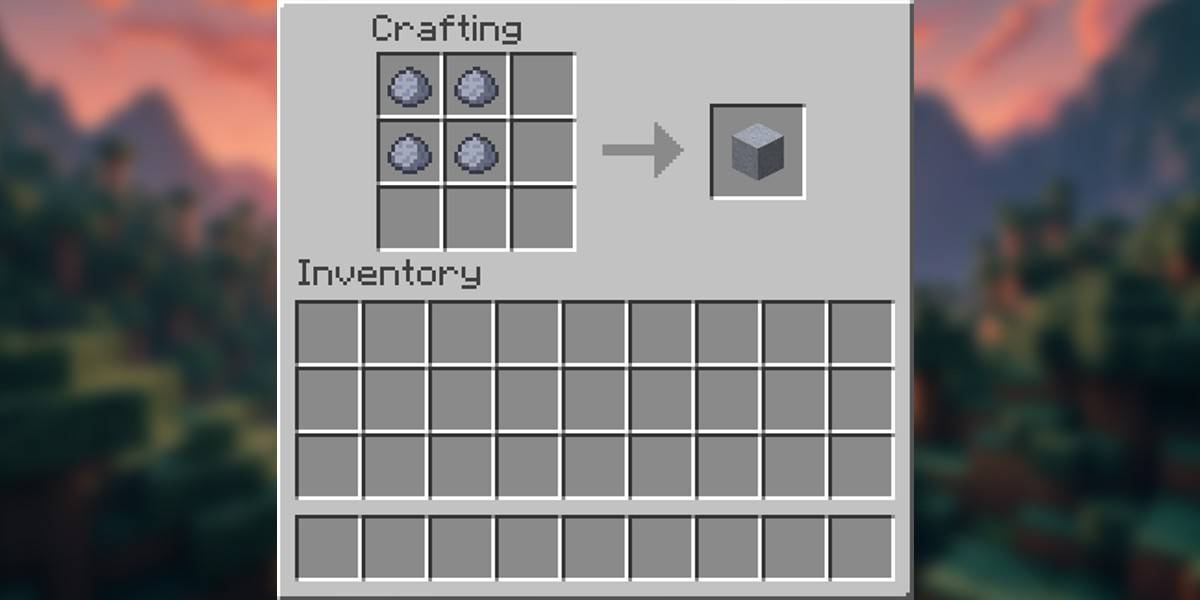 Image: ensigame.com
Image: ensigame.com
Subsequently, smelt these clay balls in a furnace to produce bricks, which are essential for constructing a variety of structures.
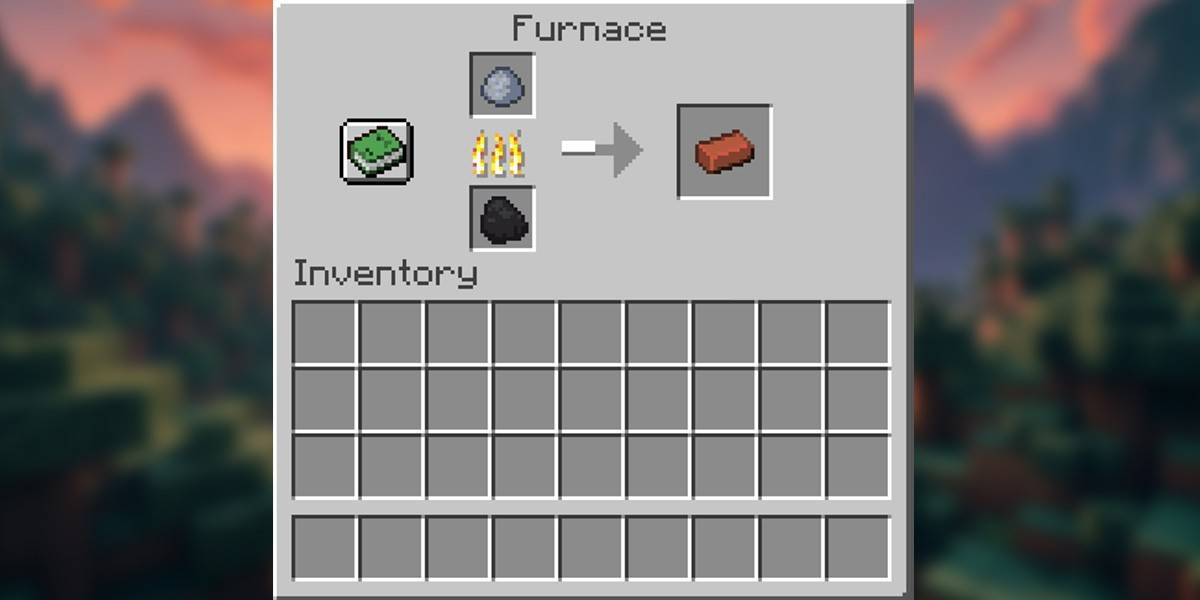 Image: ensigame.com
Image: ensigame.com
Villagers also offer a unique trade option, exchanging clay for emeralds at a favorable rate. Just ten clay balls, obtainable from three clay blocks, can net you a valuable emerald.
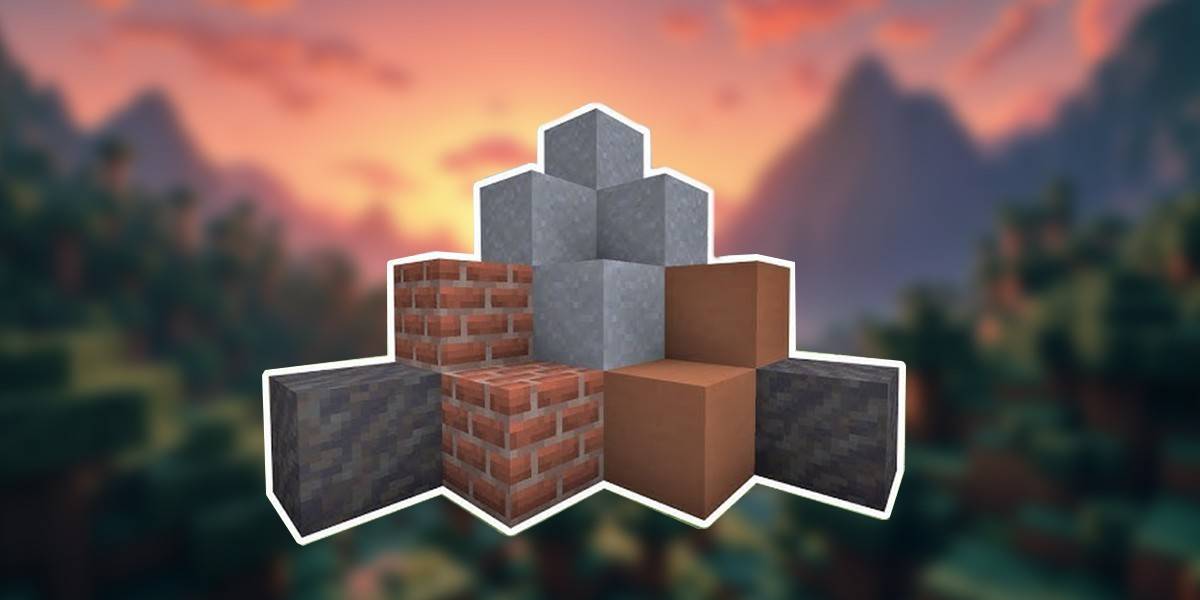 Image: ensigame.com
Image: ensigame.com
Clay has a more whimsical use as well: placing a note block on top of a clay block alters its sound, producing a soothing tone. While this has no practical function, it's perfect for enhancing in-game ambiance and relaxation.
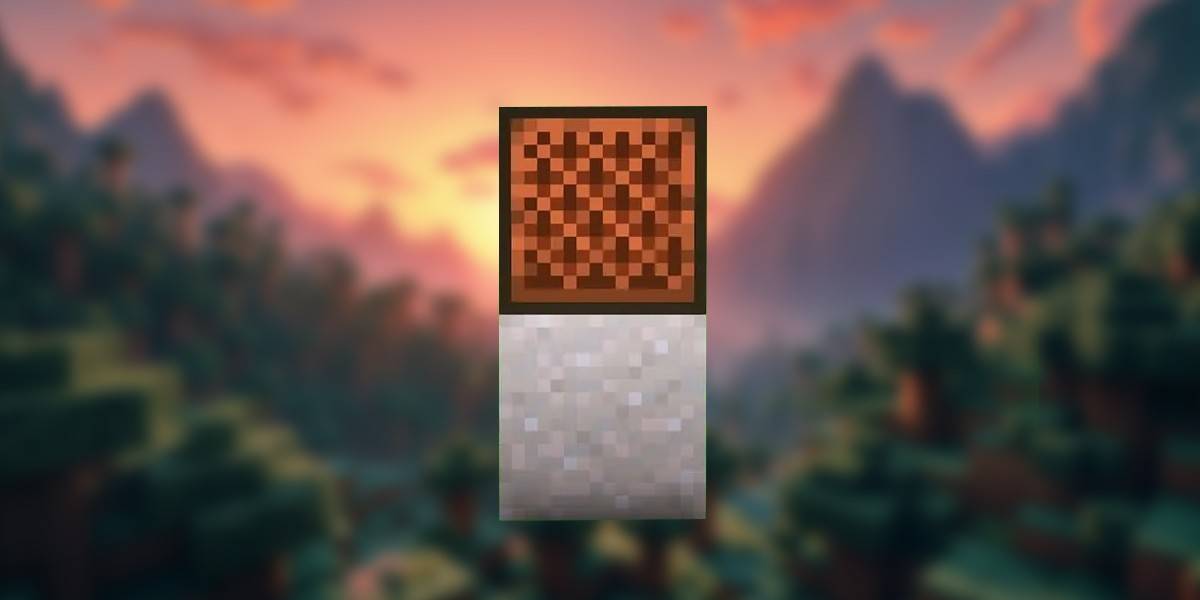 Image: ensigame.com
Image: ensigame.com
Clay Spawn Locations in Minecraft
Clay typically spawns where sand, water, and dirt meet, mirroring its real-world occurrence. The best spots to search are shallow water bodies, where clay is abundant.
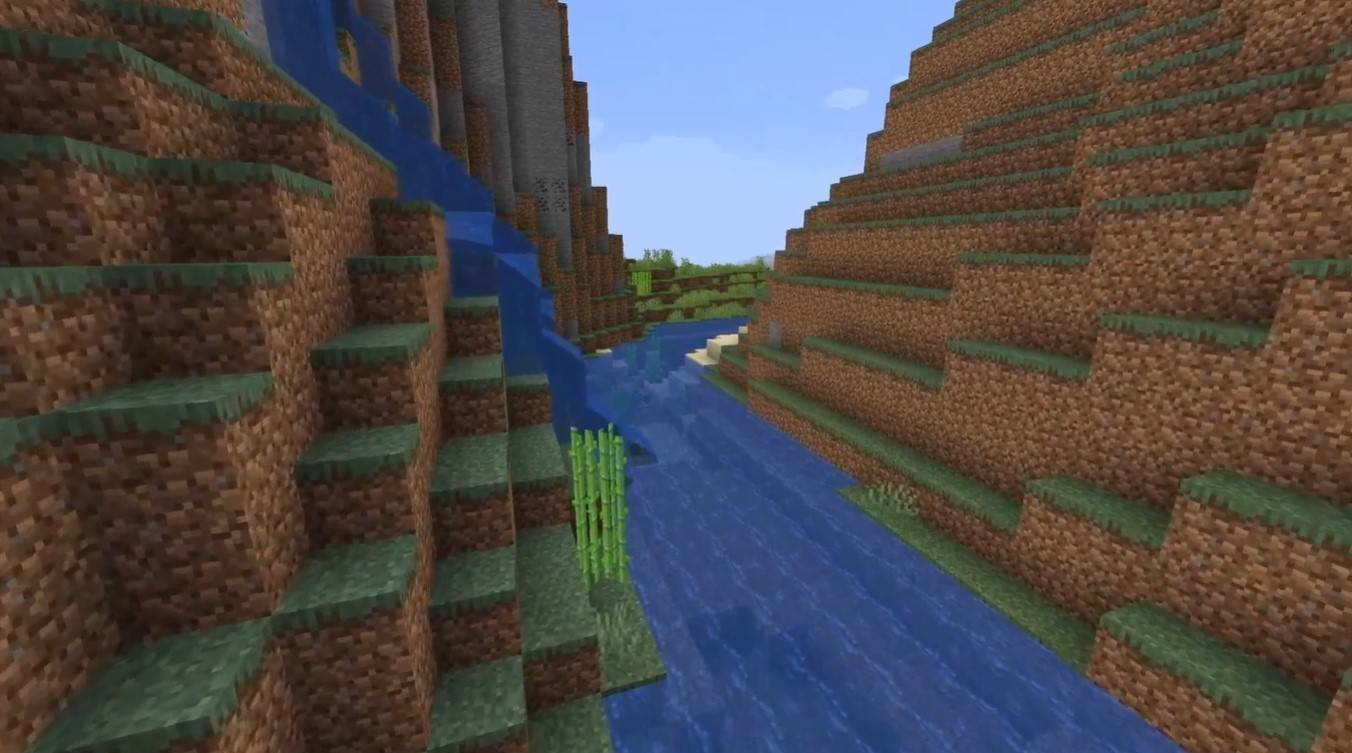 Image: youtube.com
Image: youtube.com
Clay can also be found in chests within caves and villages, though this is more a matter of luck, as these locations may be distant from your spawn point.
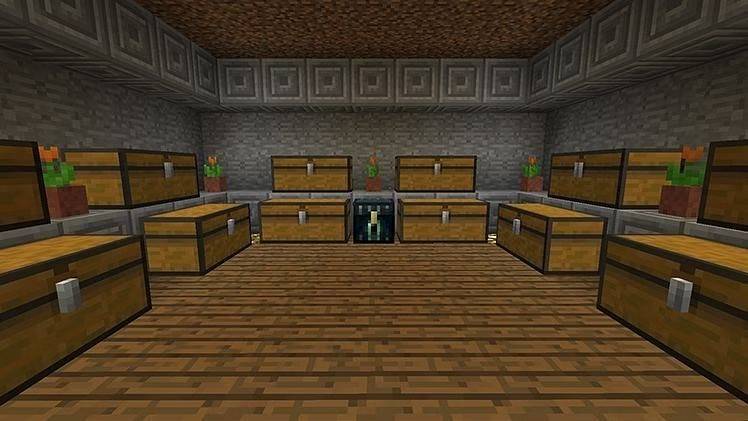 Image: minecraft.net
Image: minecraft.net
Another reliable source of clay is along the shores of large bodies of water, which are common throughout the Minecraft world. However, remember that clay deposits don't always generate with a guaranteed spawn rate.
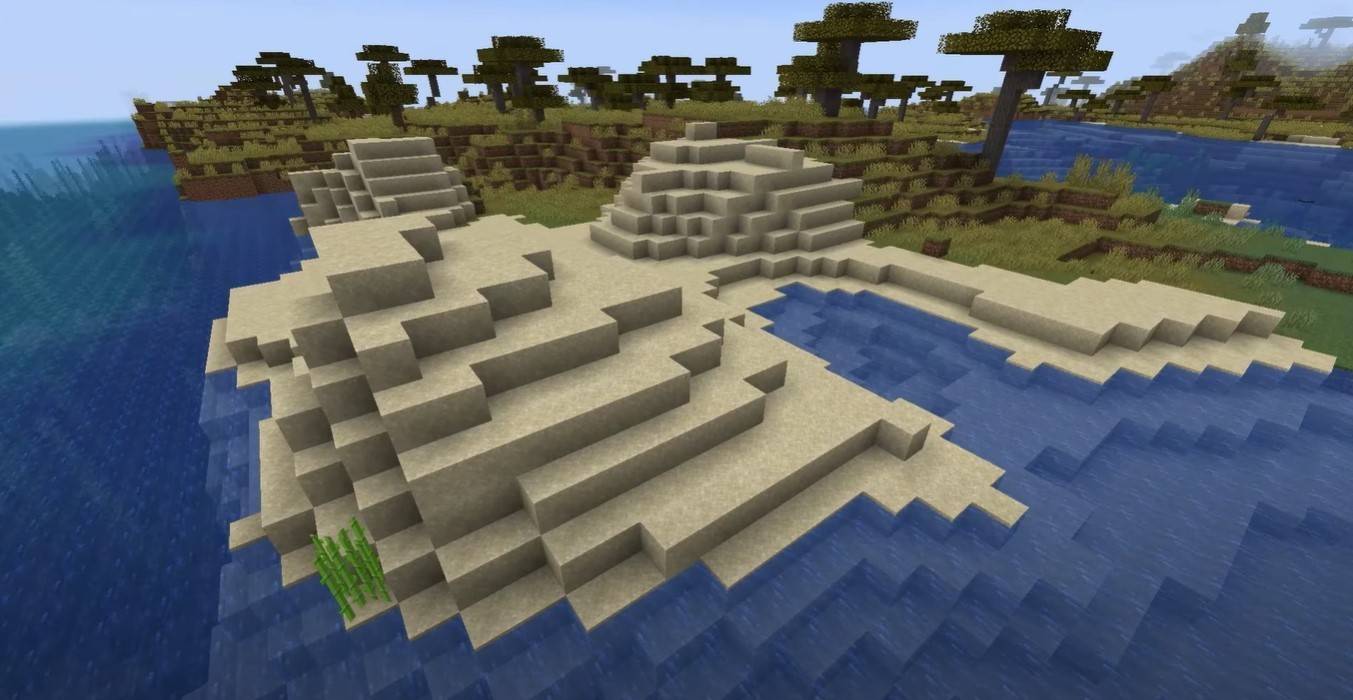 Image: youtube.com
Image: youtube.com
Despite its widespread availability, clay plays a pivotal role in Minecraft, enabling players to create impressive buildings and unique designs. Let's explore some fascinating facts about this block.
Interesting Facts About Clay in Minecraft
In reality, clay is usually found underground, unlike in Minecraft, where it's commonly found near water sources. The reason behind this design choice by the developers remains a mystery, but clay can also be discovered in lush caves.
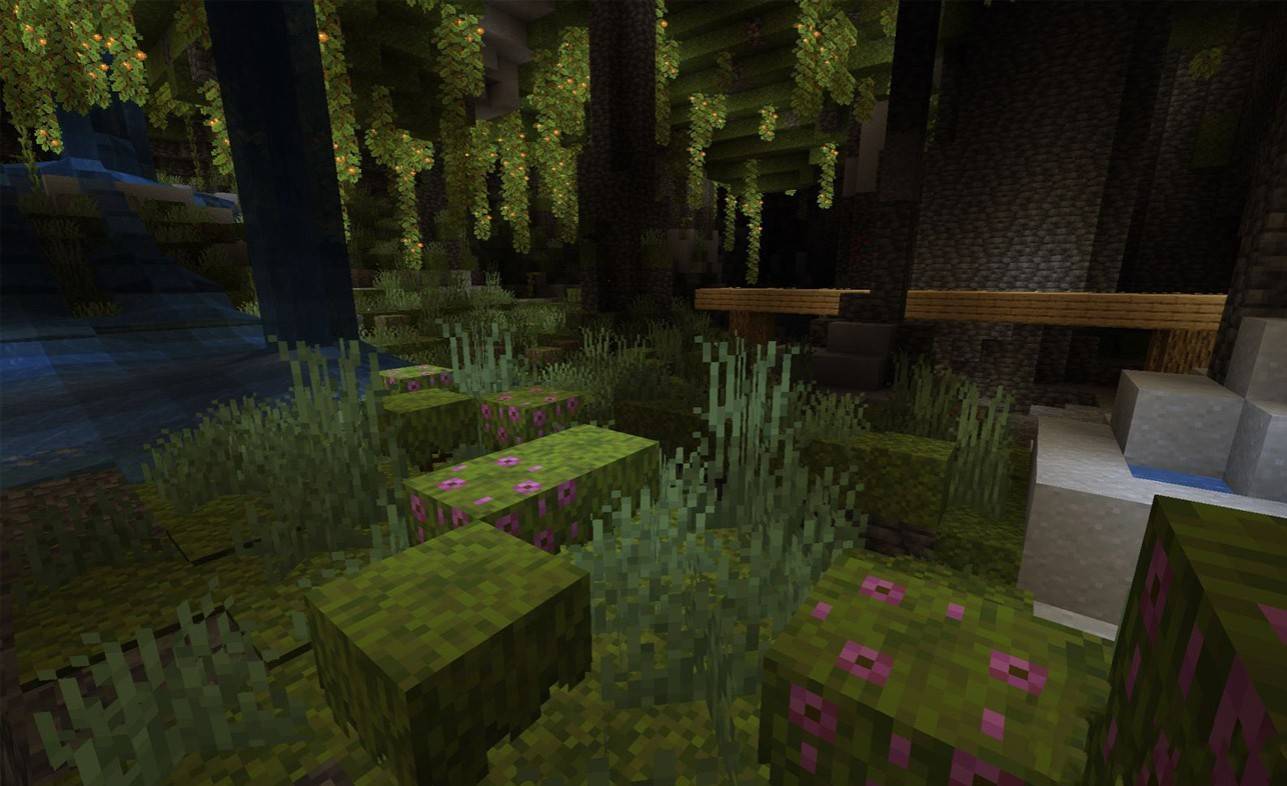 Image: fr-minecraft.net
Image: fr-minecraft.net
Real-world clay isn't just gray; it can also be red, with its final color determined by its mineral composition and firing conditions. For instance, red clay owes its color to high iron oxide content, and after firing, clay retains its original color due to its unchanged chemical composition.
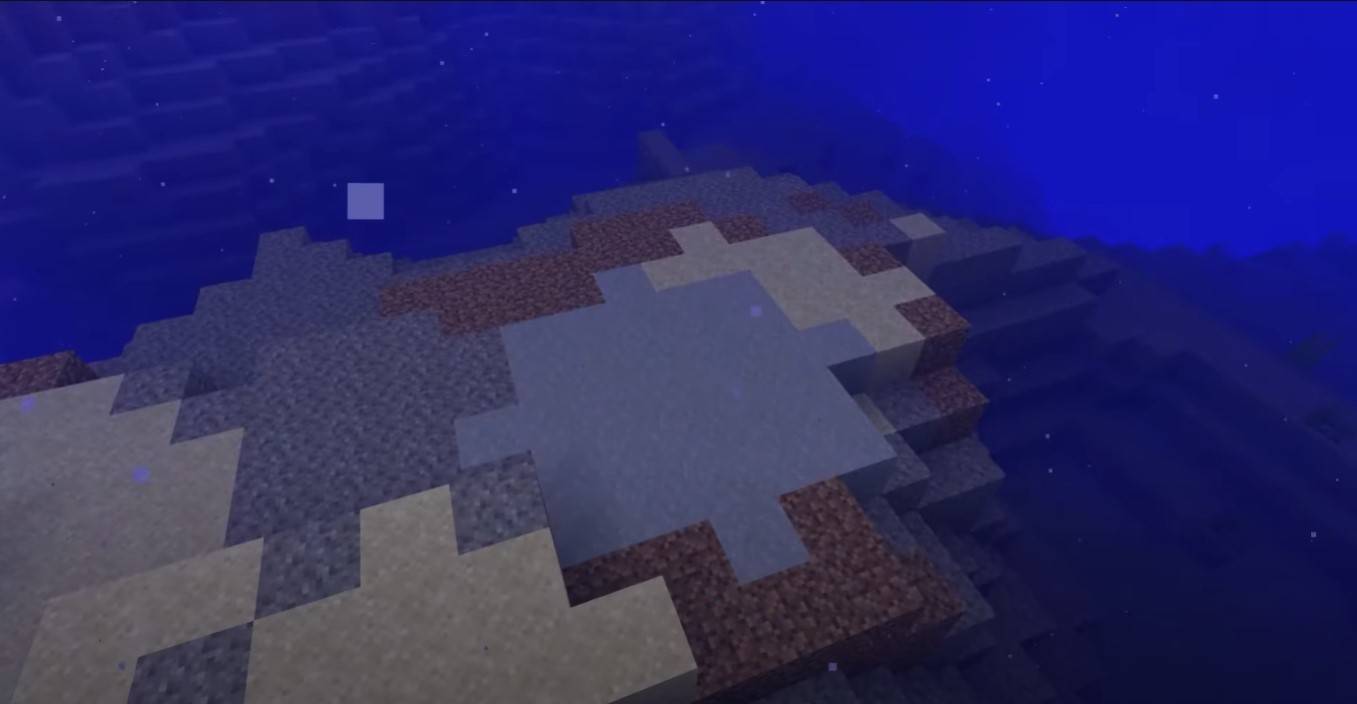 Image: youtube.com
Image: youtube.com
Mining clay underwater increases tool wear and slows down the mining process. Additionally, the "Fortune" enchantment does not increase the number of clay balls dropped when breaking a clay block.
Clay is truly a hidden gem in Minecraft, capable of being smelted, dyed, and used for sturdy buildings or as a decorative element. Without clay, the game would lack cozy houses, intricate patterns, and durable brick walls. Embrace the potential of this block, experiment with its possibilities, and create your most impressive Minecraft builds yet!
Latest News
more >-

- PS5 Console Covers Discounted for Days of Play
- Dec 19,2025
-

-

-

- Mini Keychain Light: $14 Must-Have
- Dec 18,2025
-

- Genshin Impact Luna I update arrives next month
- Dec 17,2025
